The November-December rains are a special time in Tsavo.
Right before they arrive, the air becomes heavy with anticipation. Many plants and animals, aware of the impending deluge, will start to flower and breed, but most are more cautious and will wait until the first few storms have drenched the earth before wasting any energy.

In Tsavo, when it rains, it is all or nothing. Billions of dormant seeds spring to life and cover miles of bare earth with a thick, green carpet. Wild flowers spring up out of the moistened soil and creepers spread over and choke out trees and bushes. Birds get busy building nests. Guinea fowls, which normally flock in groups of 30 or more suddenly pair off and disappear and many animals that you don’t normally see make an annual appearance.
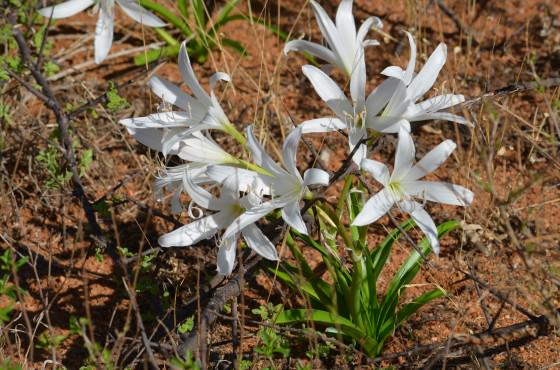
Large monitor lizards bake themselves in the sun in the middle of roads and on rocky kopjes, but scuttle away to safety at any sign of danger. If the only way out is down, they will run straight off the edge of a 30-foot ledge and continue running when they hit the ground as if it were nothing.
Terrapins, which bury themselves in the mud during the dry season to hibernate, suddenly appear in the oddest of places, such as in puddles on the side of the road. Seasonal pools everywhere become populated, as if by magic, by fish. Lungfish lie dormant in a self-made mud cocoon and break free once the pool has filled. Several species of killifish, however, will lay eggs during the rains, which can survive for months at a time in the hot, dry dust, only to hatch and begin the process all over again when the water returns.
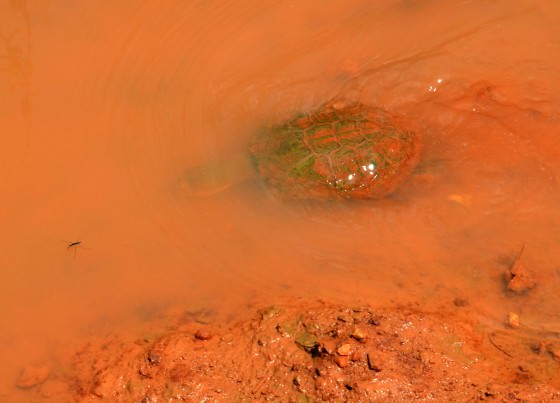
The Tiva River, for most of the year, is a white-sand, dry riverbed but a few times in the wet season it fills up and carries thousands of tons of silt towards the sea, which it deposits in a large marsh near the edge of Tsavo East National Park. Here, elephants gather in large numbers and leave a labyrinth of trails through soft mud, easily visible from above.
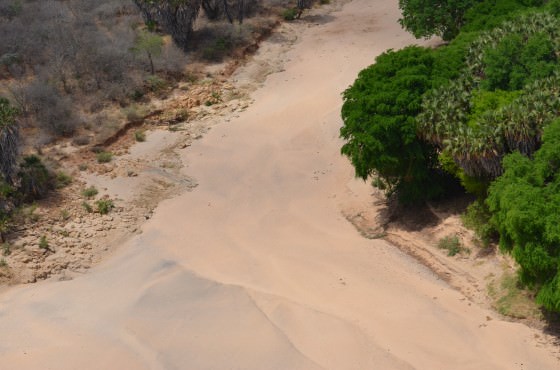
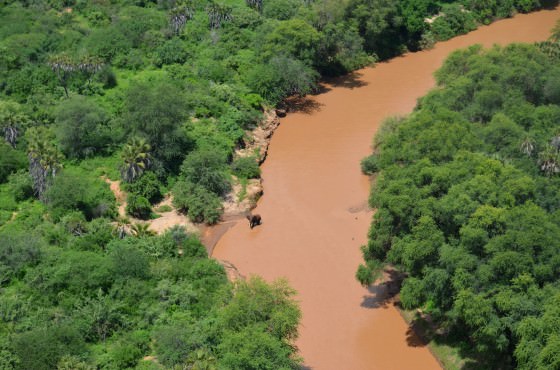
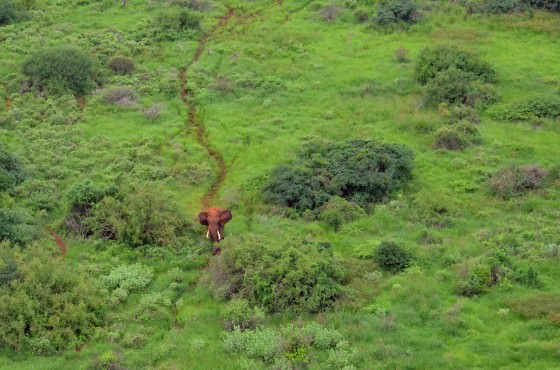

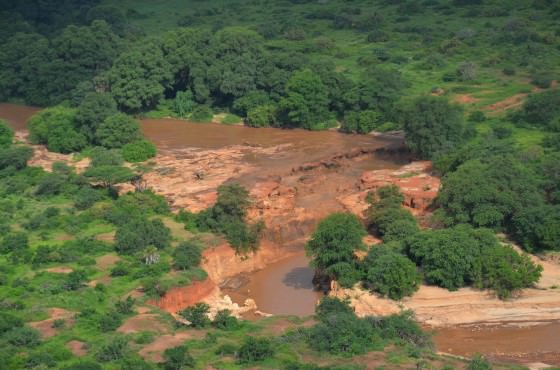
This year, at the David Sheldrick Wildlife Trust’s Tsavo headquarters on the Mtito River, just over 14 inches of rain were recorded from the middle of November until now. This relatively small amount of precipitation, however, has completely transformed the area.

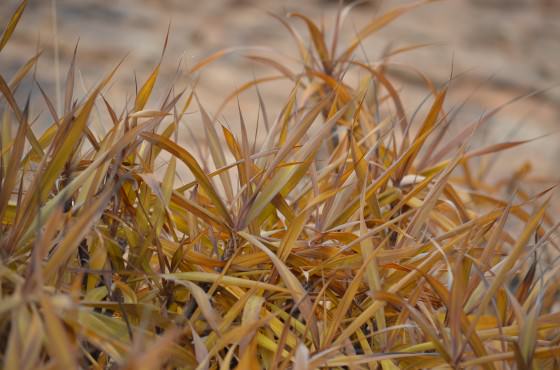


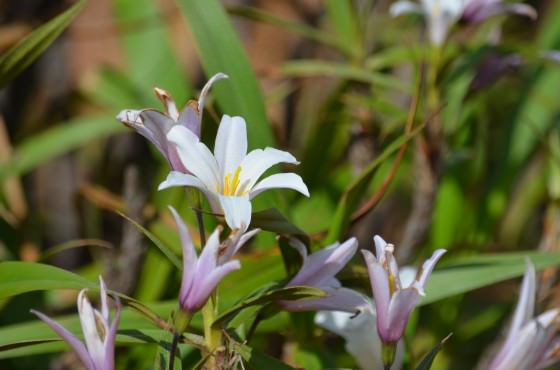



The rains have now come to an end and so we must wait until next year for another respite from the baking heat that normally characterises life in Tsavo.